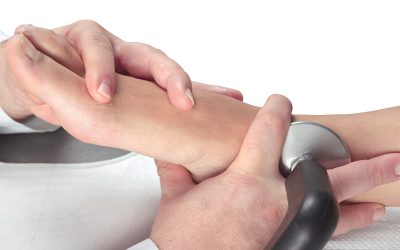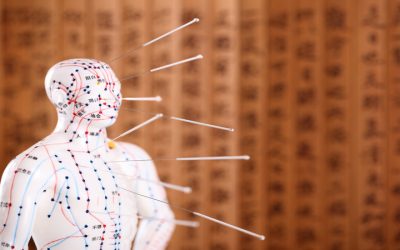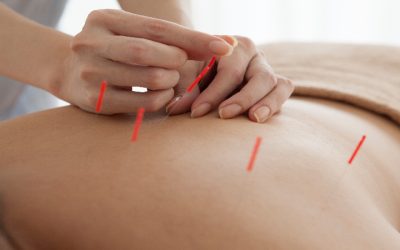The term “safety” encompasses many important and different aspects. This includes protecting people from harm. To prevent exposure to blood-borne pathogens in the workplace, companies often apply gloves and use source extraction equipment. This article will discuss the different methods used to ensure sharps safety.
Ensure Proper Disposal
In some jurisdictions, sharps must be disposed of in a puncture-proof container. Other jurisdictions require that sharps are placed in a puncture-proof container is transported to or from the worksite. Shrimps can be placed in a paper or plastic bag in other jurisdictions. However, it is important to remember that all items that contain sharps must be kept out of sight and reach of children.
Use PPE
PPE is a term that refers to personal protective equipment. This includes gloves, safety glasses, and protective clothing. These items aim to prevent an employee from being exposed to blood-borne pathogens.
Source Extraction Equipment
In industries with a high risk of exposure, companies may use source extraction equipment. This means that the employee will be required to use the equipment to extract their sharps from the skin, hair, or nail before using them again.
Safety Pads and Shields
Safety pads are usually made of plastic and can be used as part of PPE. Safety shields are usually made of metal and can also be used as part of PPE. These items can be used by employees who work with sharp objects such as saws and knives without becoming contaminated with blood-borne pathogens.
Further Directions
Sharp Fluidics is an emerging leader in the field of medical fluidics. They offer a full range of syringe pumps for medical use, including CPAP, CPVC, Teflon, and PTFE syringes. In addition, they also offer various sharps safety training to ensure consumers’ safety. If you are unsure on how to use a sharp equipment contact them for further guidelines.


